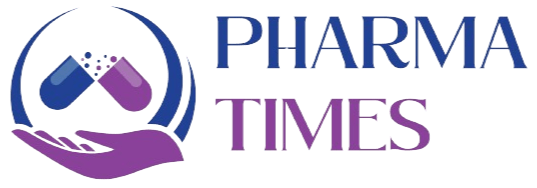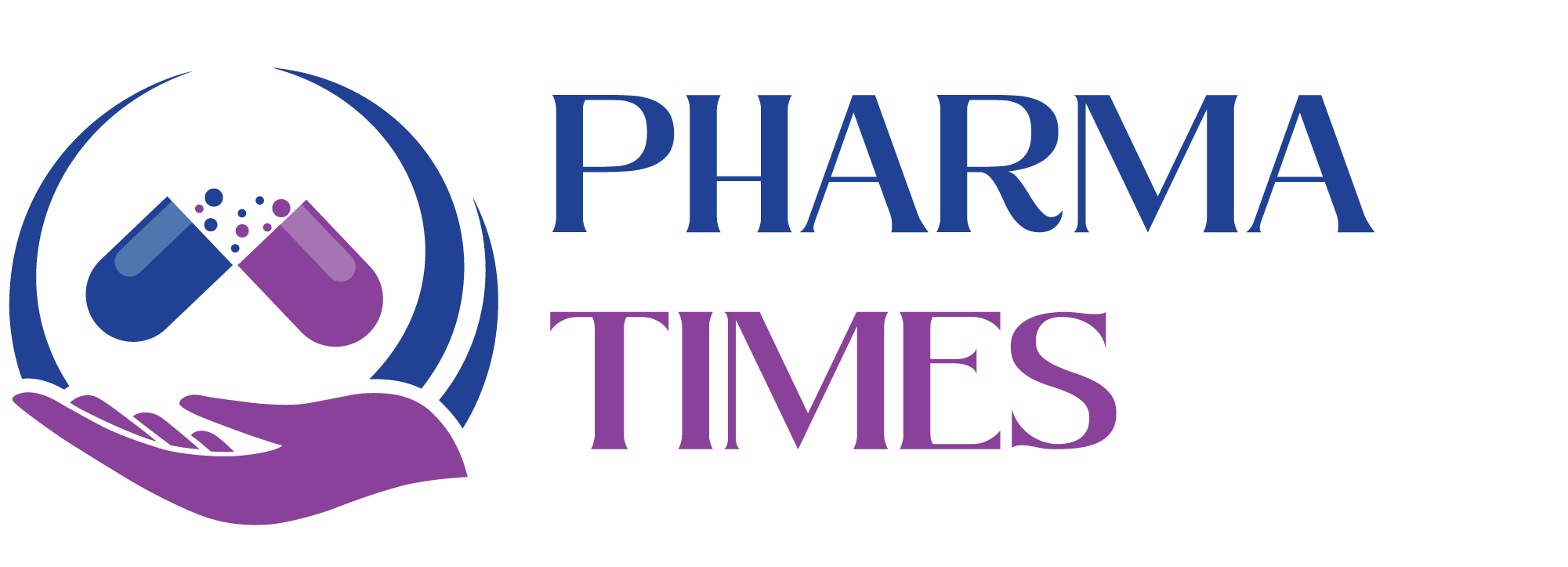“USP Glass Types: Standards for Pharma Packaging”

Types of Glass containers Used for sterile Products
Glass containers are used for packing injectable Products in the form of vials, ampoules, etc. And the selection of glass is essential. Only approved glass materials need to be used, as all products have different requirements, For example, general-purpose soda lime glass is not used for parenteral products.
Chemical resistance, protection from light, and strength to withstand during handling, and transportation are some key requirements of glass used in sterile formulation.
Let us see the types of glass generally available and what type of glass is used for sterile formulations!
In general soda lime glass and borosilicate glass are the two glass types used. But based on the powdered glass test and water attack test given in United States Pharmacopeia, glasses are classified into the following types
- Type-I – Highly resistant borosilicate glass
- Type-II – Treated Soda lime glass.
- Soda lime glass – Type-III
- General-purpose soda lime glass – NP
Powdered Glass test –
For this test the glass is ground into powder and 10 grams of powder is taken from ground powder in the conical flask washed with 30ml acetone and dried. Now purified water is poured into a conical flask and autoclaved at 121 degrees Celsius ±2 OC for half an hour and cooled then transferred into another flask washed with purified water and decant repeat it and titrate with 0.02N sulphuric acid and note down the volume consumed. Type-1 test limit 1 ml, type-2 0.7ml &0.2ml based on volume 8.5ml for soda lime glass and 15 ml for NP-glass.
Water attack test – the whole container is utilized for performing the test without any grinding
Here one must know that this test is performed on glasses exposed to sulfur dioxide fumes as sulfur dioxide neutralizes the surface alkali. Fill the container to be tested with water and the autoclave and decant liquid is treated as mentioned in the above test The volume consumed is noted to show alkali leaching from glass is within the limit. Treating with sulfur dioxide fumes increases the chemical resistance of the glass.
Uses of Different Types of Glass
Type-1 glass is used for unbuffered and buffered aqueous solutions and type-2 glass is used for dry powders and solutions with PH less than 7 Whereas we discussed in the beginning that NP – is not for parenteral use is general-purpose soda lime glass and soda lime glass is used for dry powders and oily solutions.

